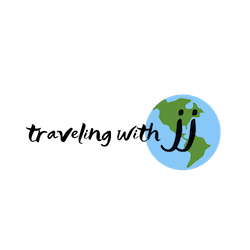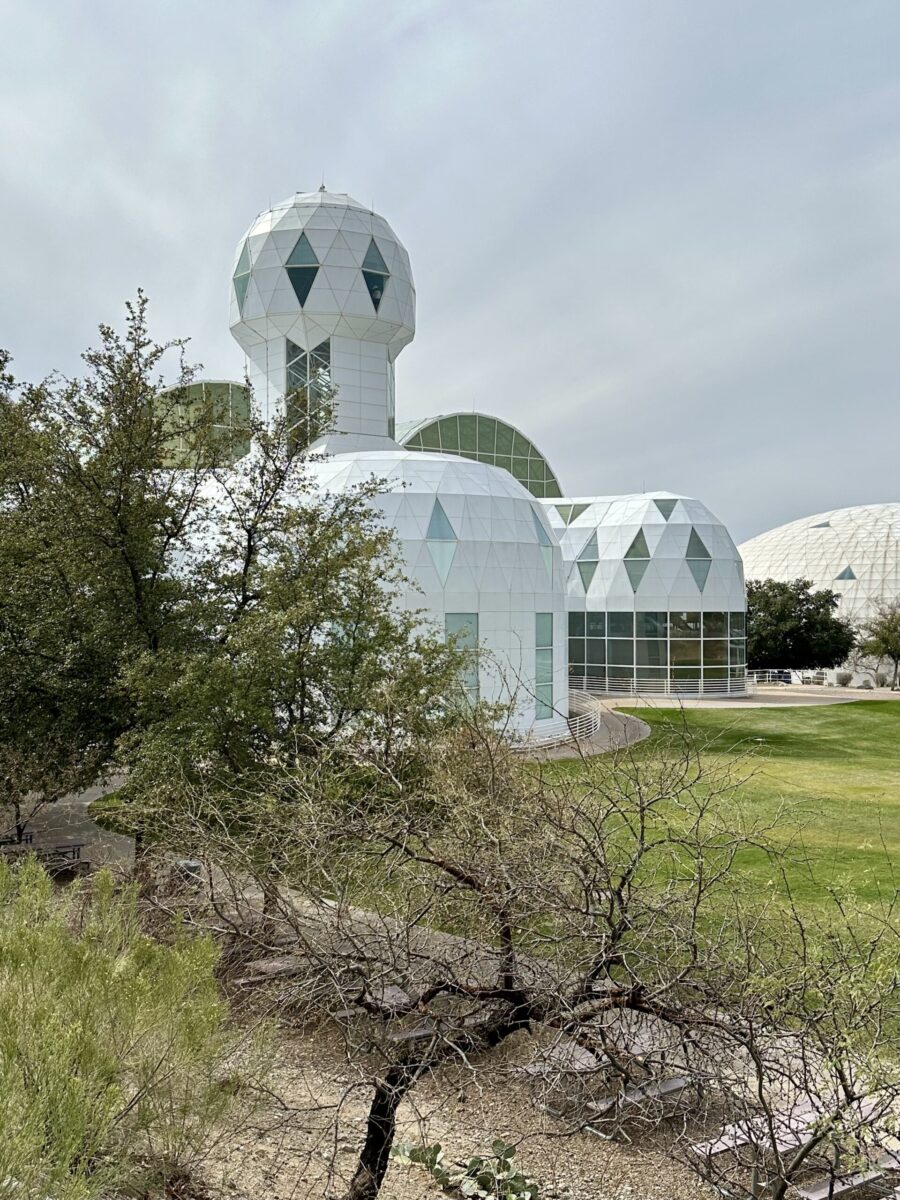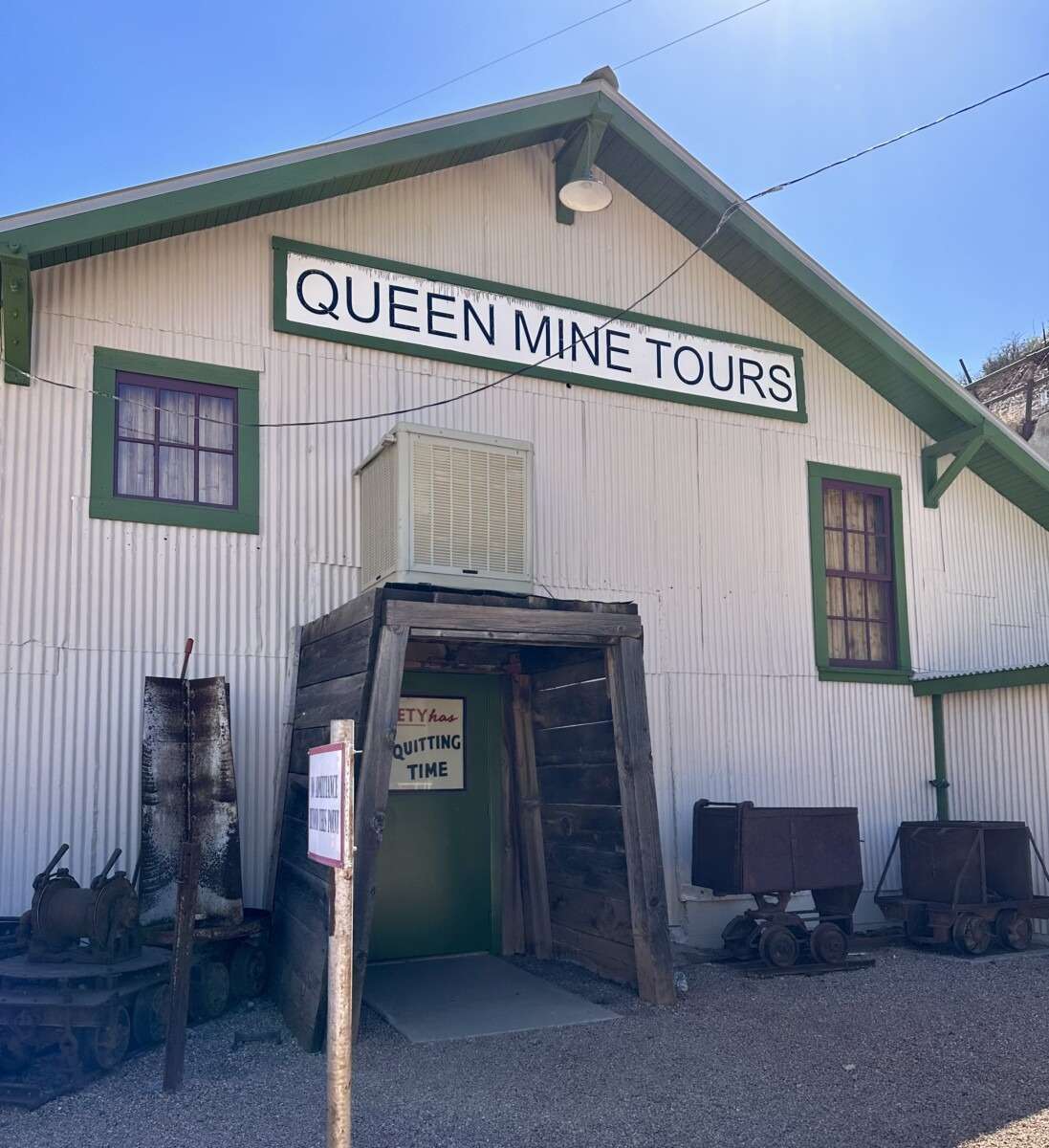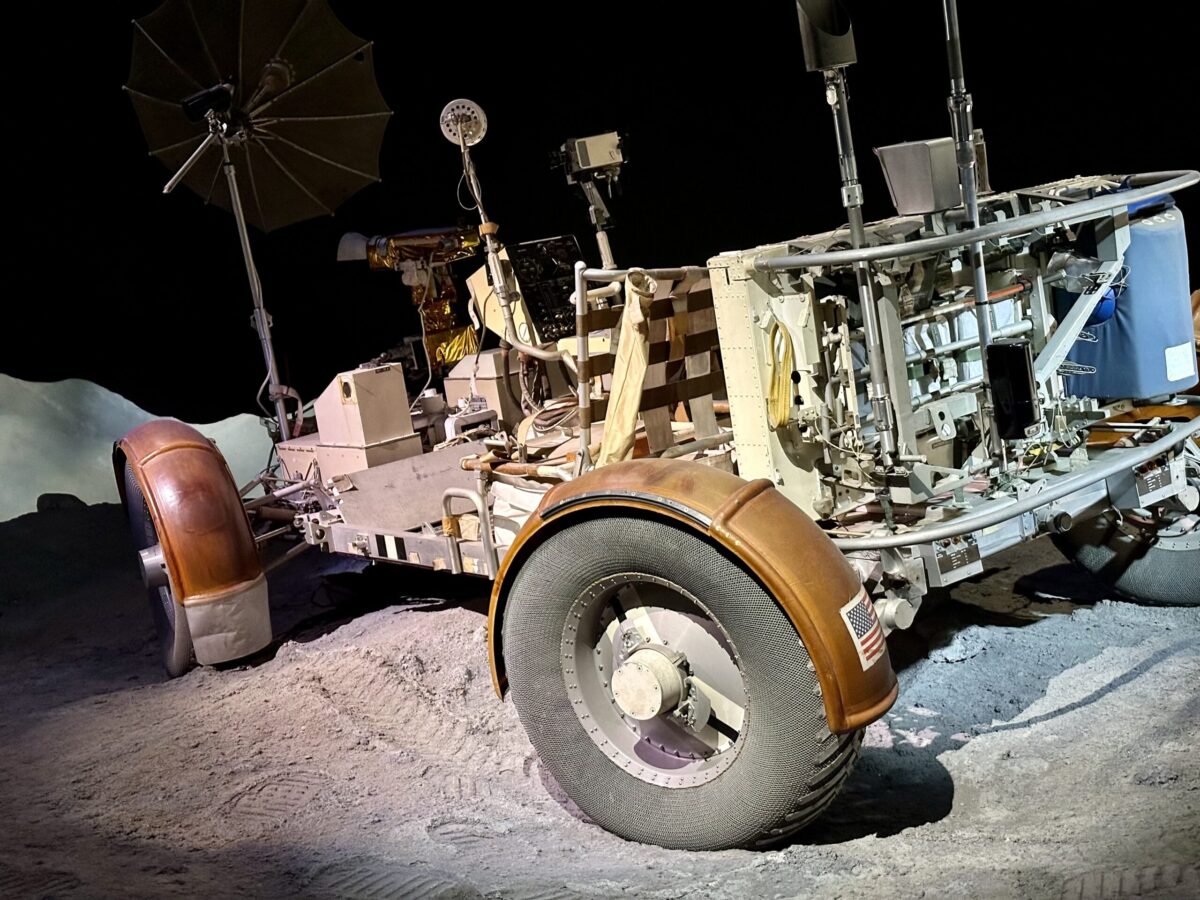We began our trip to Jamestowne at a very nice, and quite possibly the friendliest, KOA park we’ve been to so far. And it was fully decorated for Halloween (even though it was only the end of September).


“On December 6, 1606, the journey to Virginia began on three ships: the Susan Constant, the Godspeed, and the Discovery. In 1607, 104 English men and boys arrived in North America to start a settlement. On May 13 they picked Jamestown, Virginia for their settlement, which was named after their King, James I. The settlement became the first permanent English settlement in North America.” – NPS (National Park Service)

“The expedition made landfall on April 26, 1607, at a place which they named Cape Henry. Under orders to select a more secure location, they set about exploring what is now Hampton Roads and an outlet to the Chesapeake Bay which they named the James River in honor of King James I of England.” – Wikipedia

“On May 14, he (Captain Edward Maria Wingfield) selected a piece of land on a large peninsula some 40 miles (64 km) inland from the Atlantic Ocean as a prime location for a fortified settlement. The river channel was a defensible strategic point due to a curve in the river, and it was close to the land, making it navigable and offering enough land for piers or wharves to be built in the future. Perhaps the most favorable fact about the location was that it was uninhabited because the leaders of the nearby indigenous nations considered the site too poor and remote for agriculture.” – Wikipedia

“The island was swampy and isolated, and it offered limited space, was plagued by mosquitoes, and afforded only brackish tidal river water unsuitable for drinking.”
Wikipedia
Doesn’t this sound like an ideal place to go? Yeah, we didn’t think so either. Though it wasn’t too bad on the day we were there.

“This 22.5-acre property you are about to enter includes the site of the original 1607 James Fort, seventeenth-century church and statehouse, the Historic Jamestowne Research Center, and the Nathalie P. and Alan M. Voorhees Archaearium, an archaeology museum.” – historicjamestowne.org

“Historic Jamestowne, part of Colonial National Historical Park, is jointly administered by the National Park Service and the Jamestown Rediscovery Foundation (on behalf of Preservation Virginia).” Tickets to see the site can be purchased at the visitor center or in advance through their website. There is a reduced fee for National Park Pass holders. Click here to see current rates.

To the left of the church, under the trees, is a cemetery within the churchyard. As you can see from the sign below, the congregation moved inland around 1750 and many of the tombstones where lost or vandalized. Archeologists have worked to restore the site, including the church wall and tombstones, to their present locations.

“In 1699, the colonial capital was moved to what is today Williamsburg, Virginia; Jamestown ceased to exist as a settlement, and remains today only as an archaeological site” – Wikipedia

“The first church in James Fort was described as “a homely thing like a barn set on cratchettes, covered with rafts, sedge and earth.” In a January 1608 fire that destroyed James Fort, Reverend Hunt “lost his library and all that he had but the clothes on his back.” Soon after the fire, Captain Christopher Newport’s mariners helped rebuild the post-in-ground church…” – Historic Jamestowne
“Excavations here unearthed the remains of the first substantial Jamestown church built in 1608. The large post-in-ground building was identified by the spacing or several major structural posts matching the dimensions of the church recorded by Secretary of the Colony William Strachey.” – Historic Jamestowne

“In the east end of the church, the chancel, archaeologists found four graves. The chancel was the holiest part of the church where the communion table stood and where the most important people where buried.” – Historic Jamestowne
You can see four crosses on the left side of the structure pictured above. The crosses have been placed in the location where the four graves were found.


“This church was the scene of one of the most significant weddings in American history. It was here that Chief Powhatan’s favored daughter, Pocahontas, married planter John Rolfe in April of 1614. Their union marked the beginning of a time of peace between the English and the Powhatan Indians.” – Historic Jamestowne

“John Smith (baptized 6 January 1580 – 21 June 1631) was an English soldier, explorer, colonial governor, Admiral of New England, and author. He played an important role in the establishment of the colony at Jamestown, Virginia, the first permanent English settlement in America, in the early 17th century. He was a leader of the Virginia Colony between September 1608 and August 1609, and he led an exploration along the rivers of Virginia and the Chesapeake Bay, during which he became the first English explorer to map the Chesapeake Bay area. Later, he explored and mapped the coast of New England.” – Wikipedia


“The colonists reached a settlement site on Jamestown Island…Within a week they were attacked by Powhatan Indians, with one colonist being killed. A fort had been a necessity from the start…With the Indian situation looking dire, they began construction on a wooden fort and completed the work within a few weeks. Their new home was called James Fort.” – National Park Planner
“A palisade, sometimes called a stakewall or a paling, is typically a fence or defensive wall made from iron or wooden stakes, or tree trunks, and used as a defensive structure or enclosure.” – Wikipedia

“Typical construction consisted of small or mid-sized tree trunks aligned vertically, with no free space in between. The trunks were sharpened or pointed at the top, and were driven into the ground and sometimes reinforced with additional construction.” – Wikipedia

We found the construction of the palisades very interesting. Everything was held together with wooden stakes pounded into other pieces of wood.


“Like this experimental frame structure before you, most buildings found at James Fort were of earthfast or post-in-ground construction. Main structural posts were seated directly in the ground without the use of footings.” – Historic Jamestowne



“The Jamestown settlers arrived in Virginia during a severe drought…the worst drought in 700 years occurred between 1606 and 1612. This severe drought affected the Jamestown colonists and Powhatan tribe’s ability to produce food and obtain a safe supply of water…Two-thirds of the settlers died before ships arrived in 1608 with supplies.” – Wikipedia

“After archaeologists unearthed numerous structures with brick foundations and cellars, they left the excavations open for visitors to see. Because reconstruction might damage fragile archaeological evidence and no one could say for sure what the original buildings looked like…” – Historic Jamestowne





“In 1607, a settler left the fort to “do natural necessities” and fell victim to Virginia Indian arrows. Nonetheless, martial law in 1610 commanded colonists to go far beyond the stockade walls to “do the necessities of nature.” – NPS
“A 1629 law instructed settlers to save urine and provide it to the government. Why? It was a major ingredient in homemade gunpowder.”
NPS


“Documents and excavation of a large brick foundation identify this structure as possibly Col. Swann’s tavern. The elongated four room ground floor was typical of such establishments. An abundance of bottle glass and a brass spigot from casks of beer or cider stored in the cellar provide evidence of such use.” – NPS

“Squirrels in North America used to migrate in massive numbers, following cycles of bountiful acorn harvests. When settlers first arrived in this country, they reported squirrels being so thick in the trees above during a migration that they nearly blocked out the sun. The best part — squirrels could do most of the journey from the East coast to Indiana without touching the ground. ” – Todd Mitchell Books

Near Historic Jamestowne is a living history museum named Jamestown Settlement. “Jamestown Settlement is a reproduction of the original fort, an Indian village representing the natives present at the time, and reproductions of the three ships that brought the settlers to Jamestown.” – Living in Williamsburg
The two sites are connected along Colonial Parkway.

“Quadricentennial Plaza is a tribute to the 400th anniversary of the founding of Jamestown in 1607. It includes a fountain fashioned as a boat and flags around the plaza representing the 50 states. Each flagpole includes a plaque with information about the state.” – Living in Williamsburg

Delaware was the first state admitted to the Union in 1787.

Our home state of Nevada was the 36th state admitted to the Union in 1864.

After a full day exploring history it was nice to come back to the RV park to take in some more Halloween decorations.

Seriously, what is up with the speed limits in RV Parks.


We left Williamsburg and continued south heading on to our next stop.





Leave a reply